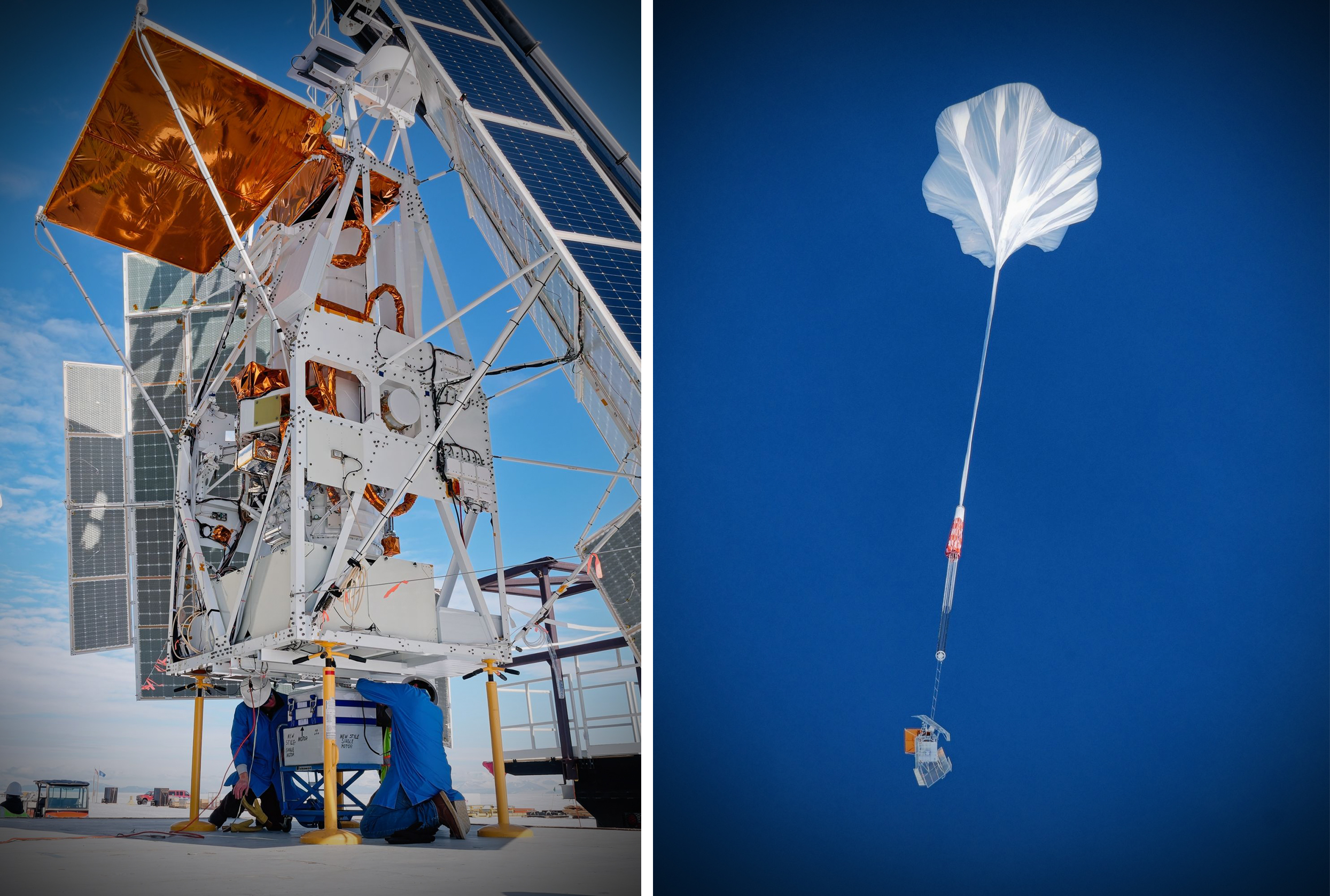Imagine waiting seven years to apply your theories to reality. Talk about pressure. On Monday, April 8, scientists from the Goldstone Complex in California and Wallops Island, Virginia put their long-held research to the test.
For many across North America, the total solar eclipse was the talk of the workday. For the 2024 occurrence, NASA selected five programs to analyze what happens behind the dark side of the moon.
One of the five programs was the Lewis Center’s Goldstone Apple Valley Radio Telescope (GAVRT) program at NASA’s Deep Space Network Goldstone Complex. As part of the research strategy, NASA’s Jet Propulsion Laboratory (JPL) and the GAVRT program used a 34-meter antenna, known as the DSS-28, to measure, observe, and detect radio waves and changes to the sun’s magnetic field throughout the eclipse.

DSS-28 antenna (Image credit: NASA)
Peraton, a longstanding supporter of JPL and the Goldstone Complex, maintains the antenna for JPL. That antenna matters: the connection must remain strong and reliable while transmitting information between the Earth and outer space.
People in the Washington, D.C., metro area may have witnessed NASA’s sounding rockets launching during the event. Peraton proudly supports NASA’s sounding rocket operation which allows scientists to gather information about the earth’s ionosphere, the place where Earth’s atmosphere meets space, during the brief moment when the Moon eclipses the Sun.

Sounding rockets (Images provided by Peraton)
“While the eclipse garnered significant attention on the Earth and the moon, Peraton continues to push our understanding of these celestial bodies and their impact on our planet and space exploration,” said Roger Mason, Ph.D., president, Space & Intelligence sector. “Each day, our talented workforce supports NASA’s terrestrial and space efforts in support of missions of consequence for humankind.”





